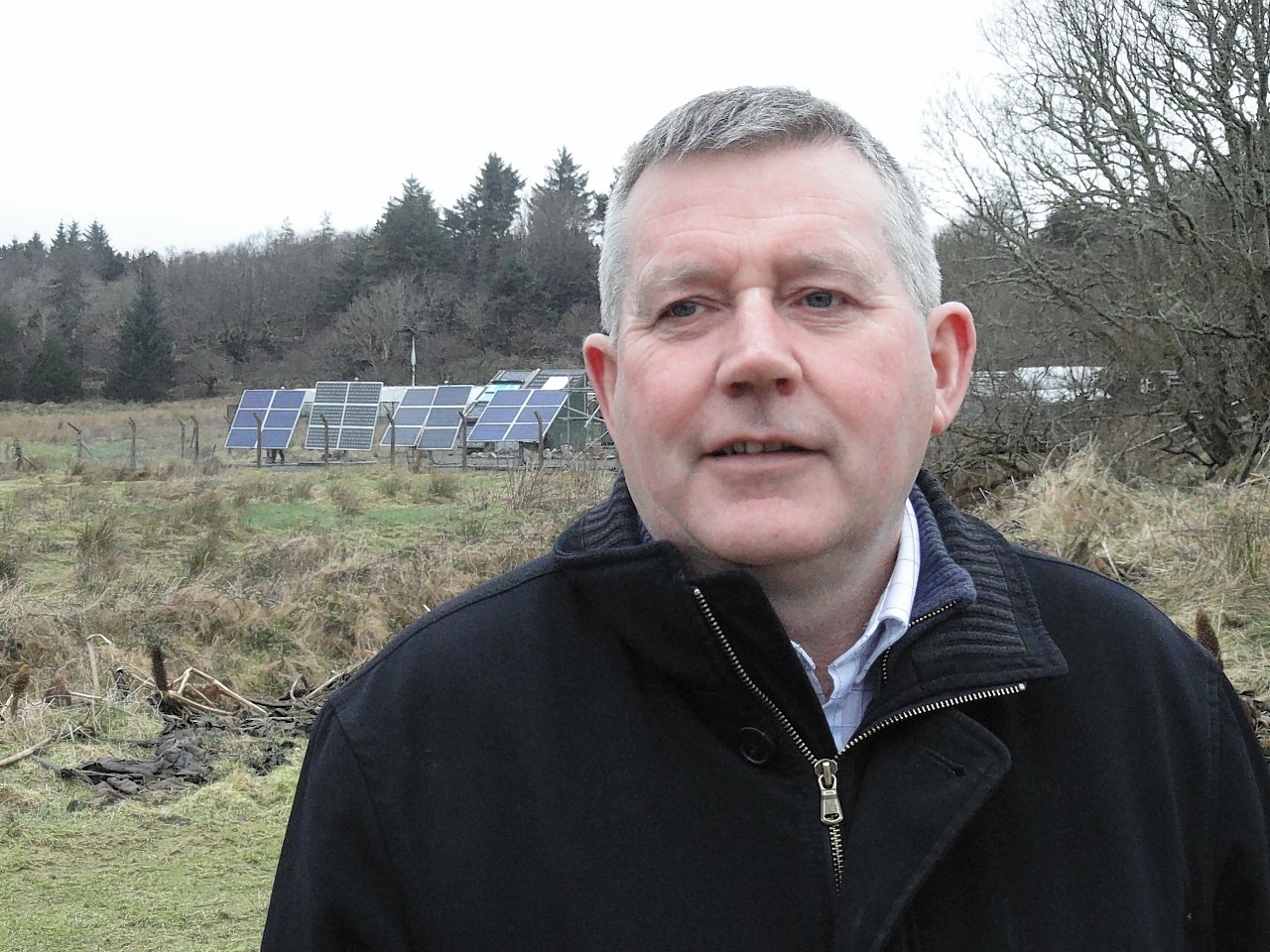An estate in the Western Isles has been bought by the community for £700,000 – decades after they could have had it for free.
The deal is for Barvas Estate on the west side of Lewis which has been owned by the Duckworth family for more than 85 years.
People living on the 33,000 acres of land, including hundreds of crofters, gave their support for community buyout last year.
Lawyers for both sides have now concluded paperwork for the transaction and yesterday Western Isles Council leader Angus Campbell congratulated new community landlords Urras Sgire Oighreachd Bharabhais on the acquisition.
He said: “I congratulate the community of Barvas on what is a historic occasion for all concerned.
“I know that a great deal of work has been put in by the Barvas Estate Trust who have worked tirelessly to secure the funding needed.
“The Barvas Estate equates to a large part of the land on Lewis, 14,000 acres, and I wish the community, the trust and all the residents the very best for the future. I must say, once again, that it is great that we are seeing more and more of the land being brought back to the people of our islands.”
Locals had previously ditched plans as part of the buyout to purchase the only place in Britain where baby gannets are allowed to be slaughtered for food.
Barvas Estate is home to about 300 crofters and was created out of a 1924 carve up of Lewis when previous owner Lord Leverhulme sold many of his Hebridean assets.
Rural communities refused his free gift offer to take over the land for nothing so the island was split into separate estates and sold off privately.
The community group want to build 40 new affordable homes in the area, a five turbine community windfarm and an environmental interpretation centre.
The community believe they could eventually get an income of around £60,000 a year from the estate.
The deal does not include two islands, Sula Sgeir and North Rona which would have pushed the cost of the deal up by £80,000.
Sula Sgier is the only location where the annual controversial slaughter of 2,000 baby gannets – known as guga – takes place every August.
